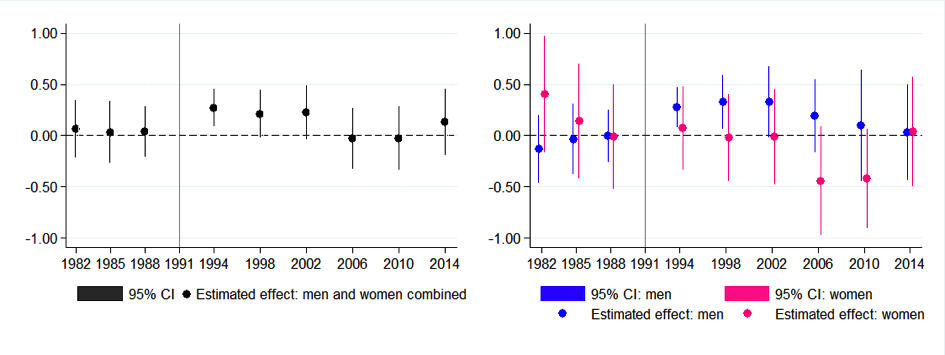[I know, I’m a good three months late on this. It’s too good for the trash bin, though, and knowing CompSci it’ll be relevant again within the next year.]
LAURIE SEGALL: Computer science, it hasn’t always been dominated by men. It wasn’t until 1984 that the number of women studying computer science started falling. So how does that fit into your argument as to why there aren’t more women in tech?
JAMES DAMORE: So there are several reasons for why it was like that. Partly, women weren’t allowed to work other jobs so there was less freedom for people; and, also… it was simply different kinds of work. It was more like accounting rather than modern-day computer programming. And it wasn’t as lucrative, so part of the reason so many men give go into tech is because it’s high paying. I know of many people at Google that- they weren’t necessarily passionate about it, but it was what would provide for their family, and so they still worked there.
SEGALL: You say those jobs are more like accounting. I mean, look at Grace Hopper who pioneered computer programming; Margaret Hamilton, who created the first ever software which was responsible for landing humans on the moon; Katherine Johnson, Mary Jackson, Dorothy Vaughan, they were responsible for John Glenn accurately making his trajectory to the moon. Those aren’t accounting-type jobs?
DAMORE: Yeah, so, there were select positions that weren’t, and women are definitely capable of being confident programmers.
SEGALL: Do you believe those women were outliers?
DAMORE: … No, I’m just saying that there are confident women programmers. There are many at Google, and the women at Google aren’t any worse than the men at Google.
Segall deserves kudos for getting Damore to reverse himself. Even he admits there’s no evidence women are worse coders than men, in line with the current scientific evidence. I’m also fond of the people who make solid logical arguments against Damore’s views. We even have good research on why computing went from being dominated by women to dominated by men, and how occupations flip between male- and female-dominated as their social standing changes.
But there’s something lacking in Segall’s presentation of the history of women in computing. She isn’t alone, I’ve been reading a tonne of stories about the history of women in computing, and all of them suffer from the same omission: why did women dominate computing, at first? We think of math and logic as being “a guy thing,” so this is terribly strange. [Read more…]

